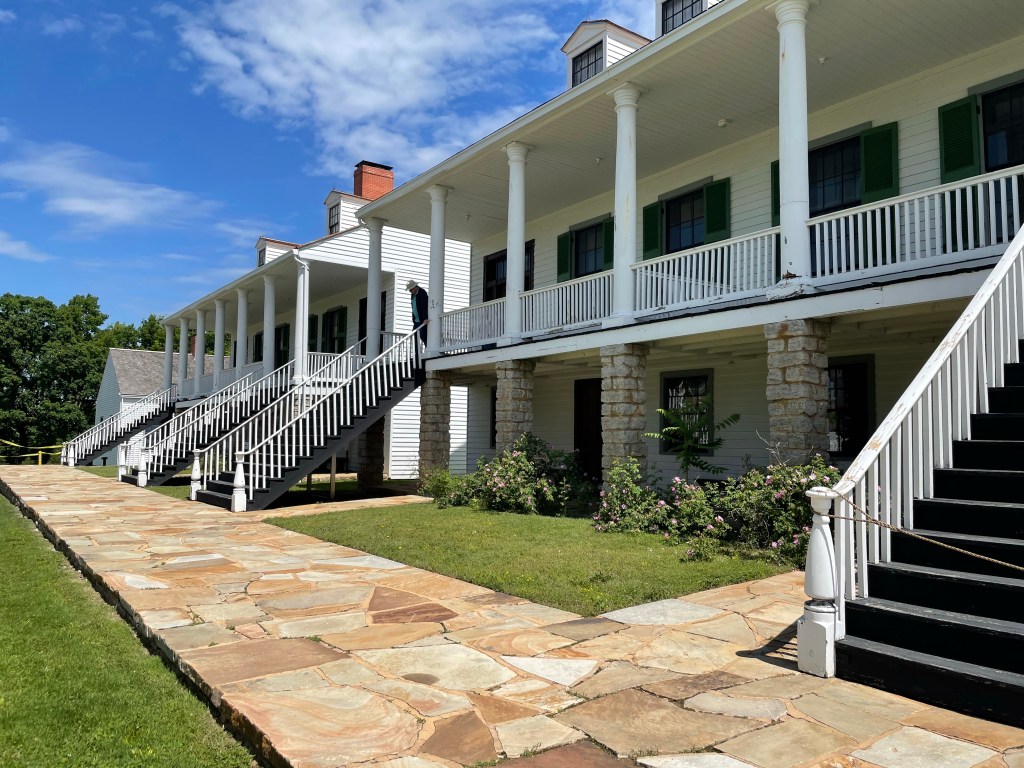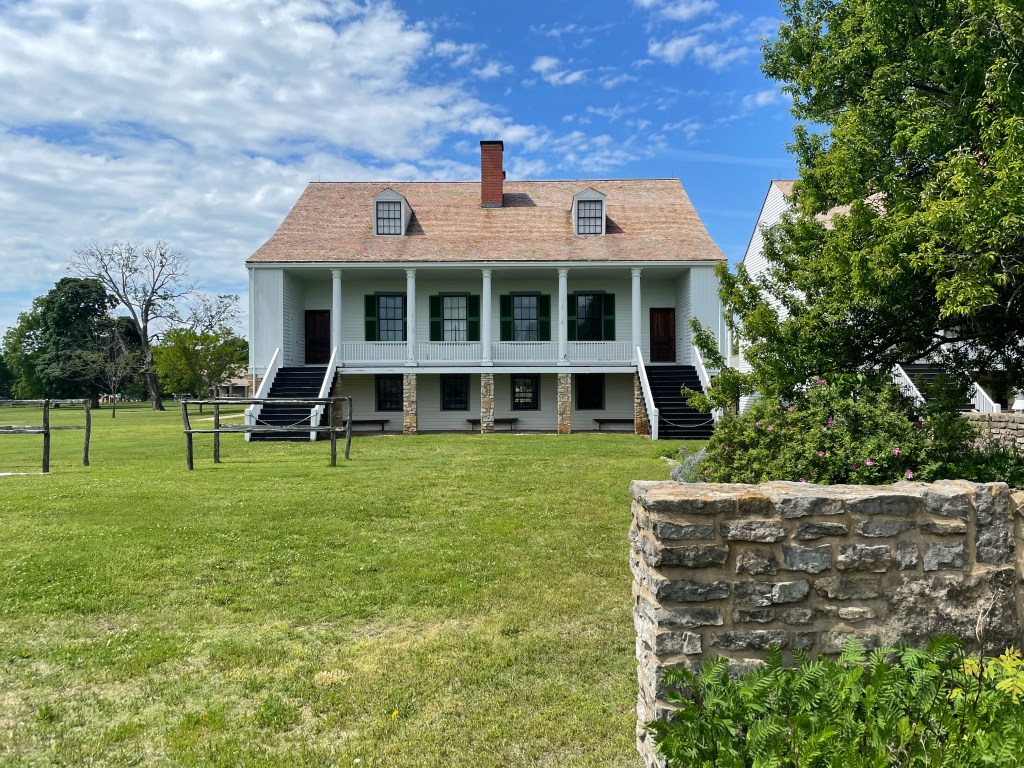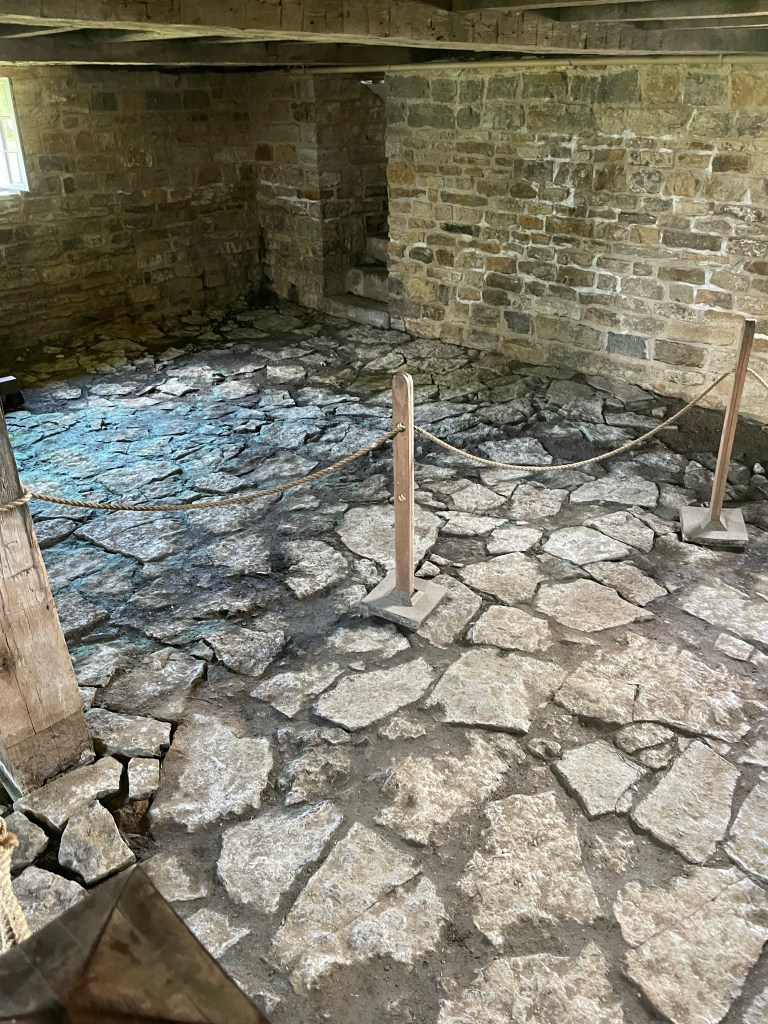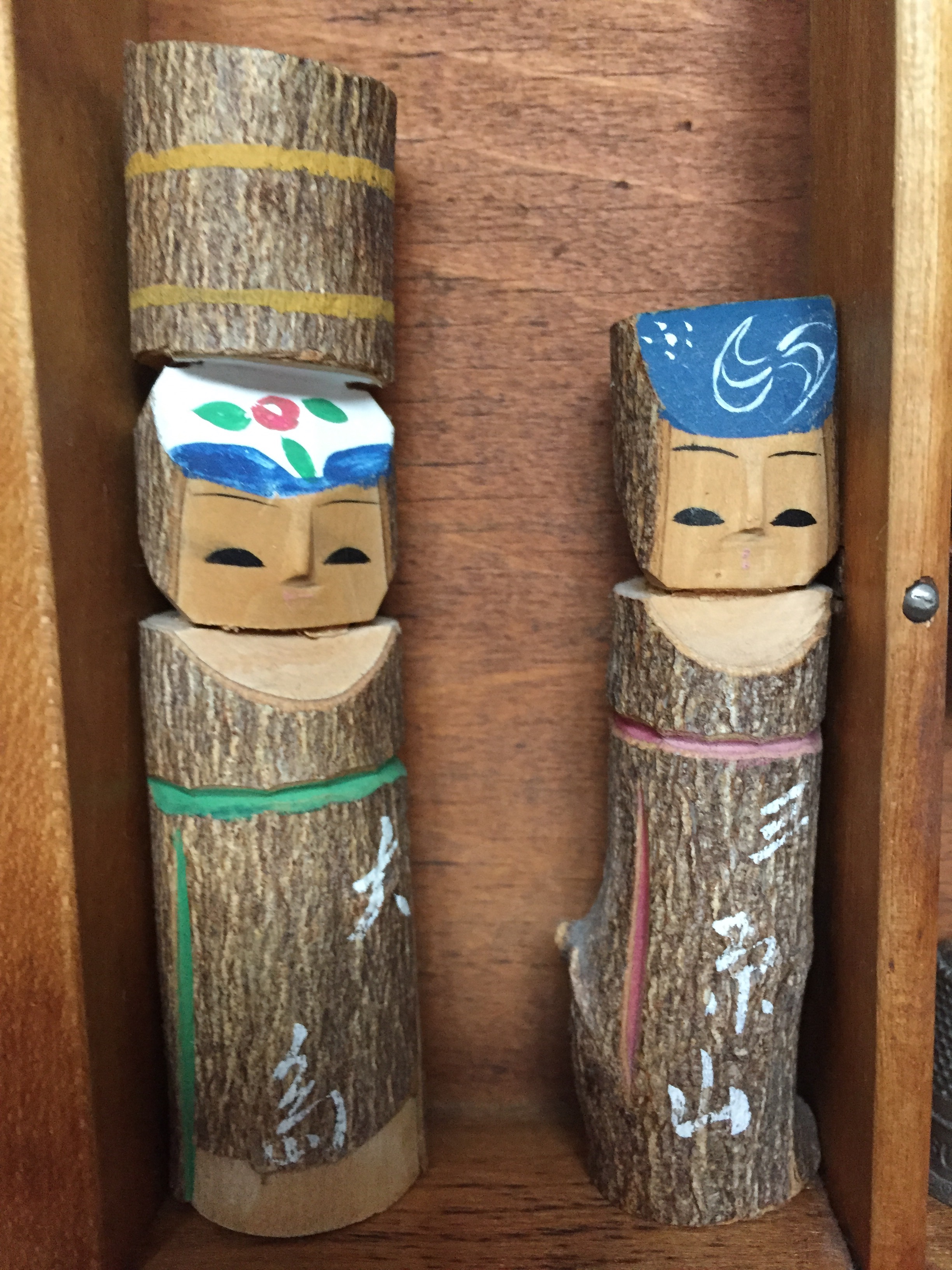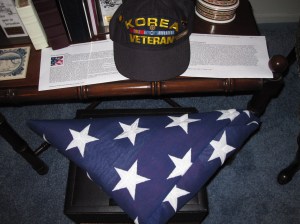I retired. I planned it since Thanksgiving weekend 2022. I knew that at the end of the school year, I would be completing my almost 13 years as the fund development and public relations director for the the Accelerated Schools of Overland Park. I loved my job. I loved the people I worked with, the children we helped and the work I actually did. When I turned in my keys and walked to my car, I had little tears and a feeling of melancholy. I knew I was doing the right thing. I was ready. But a part of me was sad. I had so much joy in my job! Including my final field trip in April. But first…
There were things I loved about my job. I liked the part of the job that had to do with fundraising and PR. That was what I was trained to do. But what I had fun doing was all the extra stuff. For years I planned the graduation and awards ceremonies. I worked with the hotels or event sites and planned parties. Originally, I also planned all the staff parties and got the food and set them up. During the past few years several teachers took that over.
For a long time, I scheduled speakers and kept schedules for the field trips. The teachers planned these, but I would come up with some ideas and help out when needed. Which was great for me, it gave me a reason to go to more museums. And I love museums. The speakers were really my main job. We had parents sometimes, or just people I knew. Veternarians, doctors, financial planners, artists, as well as speakers from different organizations like Metropolitan Organization to Combat Sexual Assault (MOCSA) and Midwest Center Holocaust Education (MCHE). Once a parent who was involved in Water.Org came. That was great.
But what I really loved were the community service projects I got to arrange. I arranged for recycling at the school. I had someone from Johnson County government come to speak to the students and staff about recycling. Then I was able to arrange for a non profit, L’Arche Heartland, that has a sheltered workshop. They collect recycling from some offices as a job for their clients. It was a perfect match, our school that caters to students who are different and thrive better in our school. And the recycling collected by special needs adults. I loved that I was able to arrange that.
For several years before and after COVID we collected food for Harvesters. In my early years we even had our older students go to Harvesters once a year and help at the warehouse. Of course that stopped with COVID.
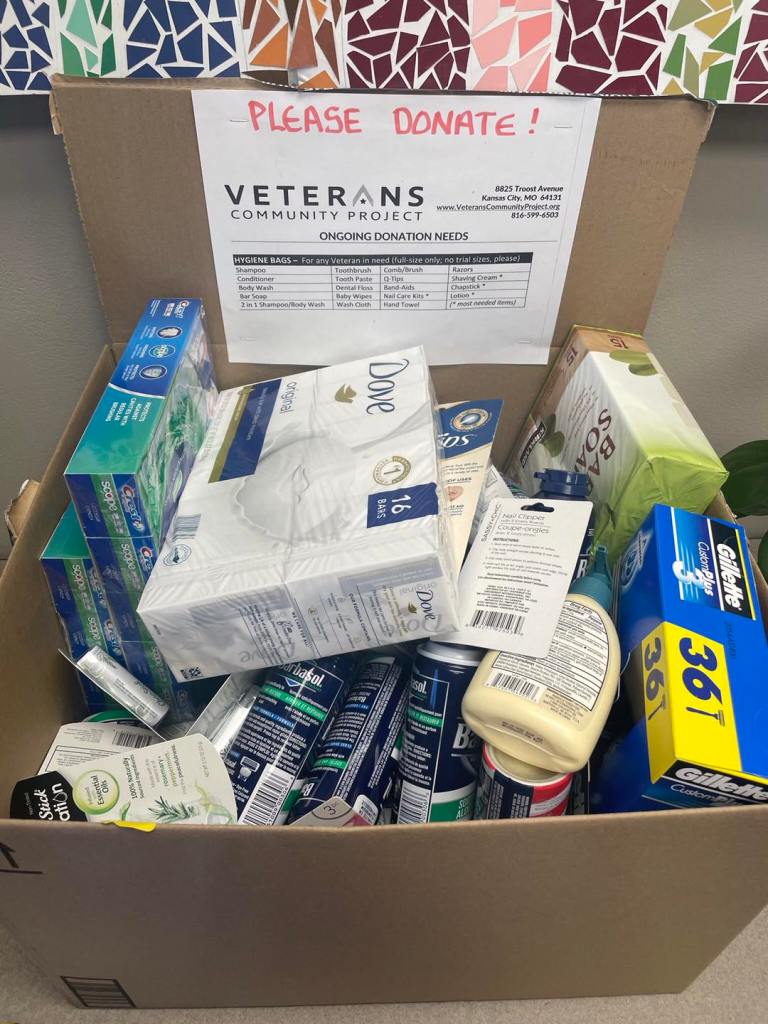
The last community service was one of my favorites. I made contact with the Veteran’s Community Project (VCP) for our school to help them this year. The wonderful Kristin Griffin, a VCP staff member, came to speak to our students. The student council had decided to up our collections and collected almost 250 pairs of socks before the talk in January 2023. So when Kirsten came to talk, we gave her the socks. Later in the year, during the month of February we collected hygiene products for the VCP.



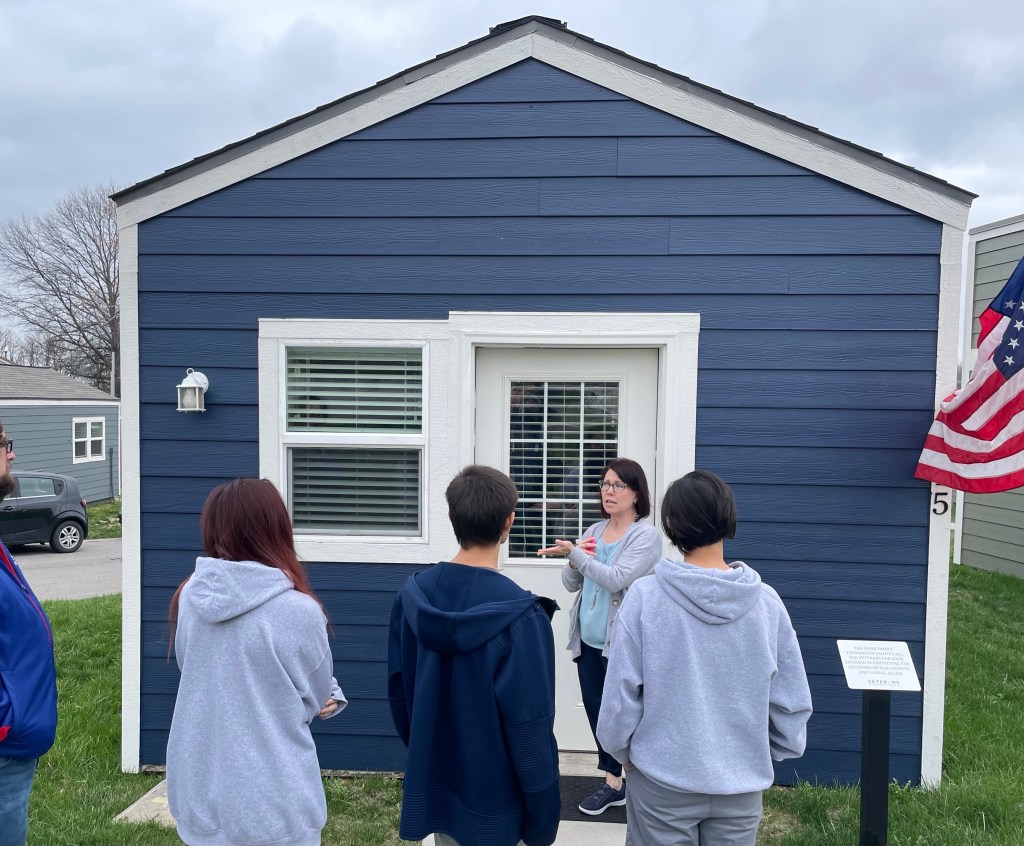
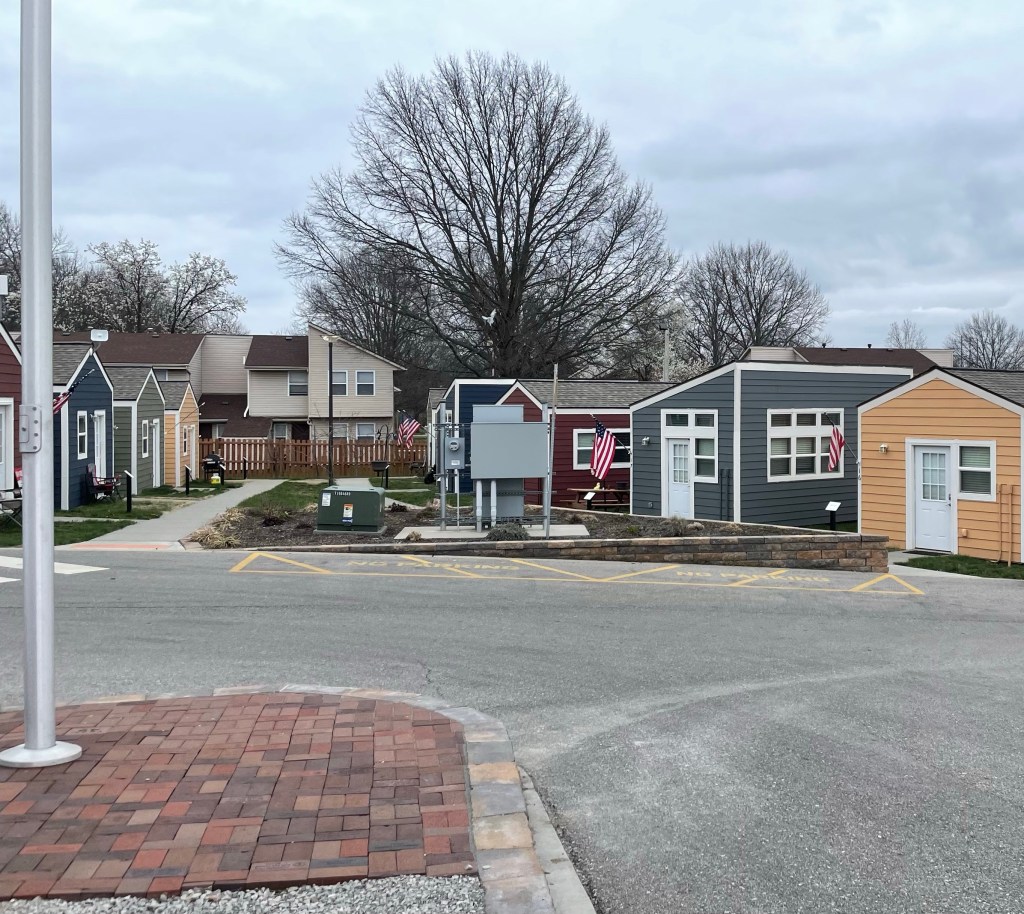


After Spring Break, the student council advisor, the three members of the student council and I went to the VCP campus to meet with Kristin and to tour it. I was so excited. I had been watching the creation of this village since it started. The idea of providing tiny homes for homeless veterans just touched my heart. And to actually get to tour it and see it in person and to learn more about it was wonderful. We got to go inside one of the tiny homes. We saw the ‘store’ area where any homeless veteran can come to get supplies. We learned about how they help all veterans.
I loved that in the Less Thompson Building there is a communal kitchen where residents learn to cook. Also offices for a doctor, dentist and veternerian to help with medical issues both human and companions. Social workers are on staff as well to help the veterans deal with other issues. The hope is that these veterans can transition to other homes and find jobs. There was so much more to see and learn about. What a wonderful idea that was conceived by veterans wanting to help other veterans. They were truly wonderful in their ambitions.
The Kansas City campus of VCP has started a nationwide trend. There are now VCP villages planned in six other cities with the national headquarters are here in KC. I read Jason Kander’s book, Invisible Storm, and was glad to know that someone who really understood the plight of veterans is now the CEO of VCP. We did not tour the national offices, but we could see the building across the street.
I was so impressed and so pleased to be able to go with the students on my last ever field trip to the Veteran’s Community Project. It was a real moment of joy for my last year at the school.
https://www.veteranscommunityproject.org/


